Author: Ann Wied, retired, Extension Waukesha County
Colorful butterflies can add beauty, color, life, and interest to your backyard. Besides the well-known monarch, there are over 150 different butterfly species that may be seen in the Midwestern United States. With a little extra planning and proper plant selection you can increase the number and variety of butterflies that visit your yard this summer! Providing plants that supply plenty of nectar will encourage these fragile creatures to visit your garden.
A butterfly garden can be any size; whether it’s a few potted plants in a sunny spot, a small garden bed, or a large open field. Butterfly gardens do not need to be big. In fact, it has been found that butterflies prefer scattered groupings of “butterfly plants” rather than one large butterfly garden. You can just incorporate more nectar-producing flowers in an existing garden to lure in additional adult butterflies or you can create a specific garden that utilizes plants chosen for their value to both adults and caterpillars of selected species.

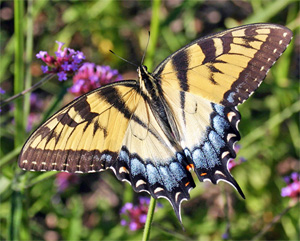
Butterfly Garden Features
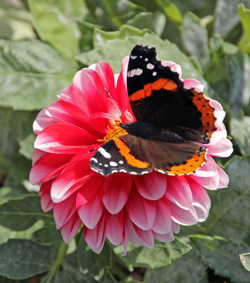
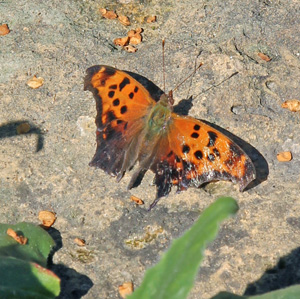
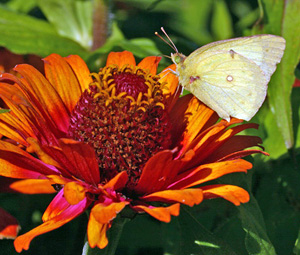
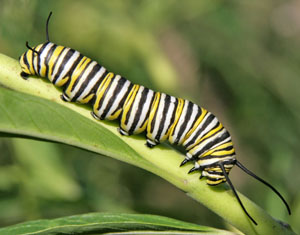
A garden must include several important features to attract a variety of butterflies.
Full Sun
Most plants that are attractive to butterflies need full sun and butterflies also need sun to warm their bodies for flight, so site your butterfly garden accordingly. Make sure it is also sheltered from harsh winds and is in a place where you will be able to easily watch the butterflies.
Warming surfaces
Butterflies rest on rocks, exposed soil, or grasses to capture the sun’s rays to warm their bodies. Provide flat rocks or surfaces for sunning.
Water
Natural or man-made shallow puddles or damp areas may help attract groups of certain butterflies. Water is not needed for each grouping of “butterfly plants” but should in the immediate area of all groupings.
Flower type
Butterflies must land in order to feed, so they prefer plants with either clusters of short tubular flowers or flowers with large, flat petals.
Flower color
Most butterflies prefer pink, purple, orange, yellow, or red flowers. Some cultivars of the same plant may be more attractive to butterflies than others because of their color. Also, butterflies can see ultraviolet light (which we can’t) so the color we perceive may be different than what they’re seeing. Large masses of a single color are more attractive than plantings with many colors mixed together.
Food sources for caterpillars and butterflies
The plants you select need to provide plant tissue (food) for when they are caterpillars and/or nectar sources for when they are butterflies. Each species of butterfly needs a specific type of food plant for its caterpillars to eat; many of our native trees, shrubs and other plants are important host plants for certain species of caterpillars.
Recommended Plants
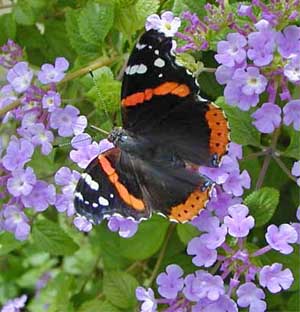
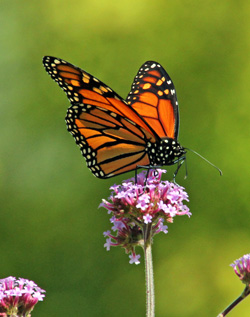
Plant several different plants with different flowering times to make nectar available throughout spring, summer, and fall.
Some annual plants for butterflies include alyssum, ageratum, gomphrena, heliotrope, lantana, pentas, salvia, Verbena bonariensis and zinnia. Some good perennials that will serve as nectar sources include black-eyed Susan, blazing star (Liatris), butterfly bush, coneflower, New England aster, and phlox. When searching for nectar, butterflies do not always seek out those flowers that smell good to humans. One example is the milkweed plant. This nectar-rich plant is unappealing to many people but the butterflies love it. Some weeds, such as dame’s rocket, dandelion, Queen Anne’s lace and thistles are also good butterfly plants, as are some herbs, such as anise hyssop, catnip, dill, and lavender when in bloom.
Recommended plants to provide food for caterpillars include birch, cherry, dill, hollyhock, hackberry, plum, sweet mockorange, viburnum, and willow. Remember to select plants that are suited to the growing conditions of your yard: soil, moisture, and light.
Pest Control

You may need to change some of your pest-control methods if you want a butterfly garden. Remember, the products that kill undesirable insects will also kill butterflies. If you must use pesticides to protect your butterfly garden, try to choose less toxic or very specific materials.
Remember that “natural” does not mean “non-toxic.” Make spot treatments on affected plants rather than applications to the entire planting. Do not use Bt (Bacillus thuringiensis) in a butterfly garden where you wish to have caterpillars because Bt kills caterpillars.
Attracting Other Pollinators
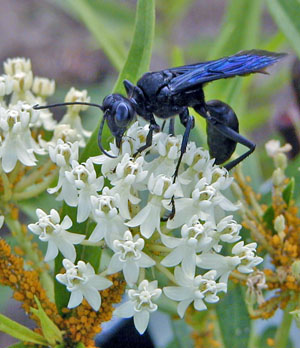
Once established, your butterfly garden may attract many different kinds of butterflies. Butterfly gardens will also attract other nectar-feeding animals. These include hummingbirds, honeybees, bumblebees, and moths. Remember to take some time to enjoy the benefits of your gardening efforts and be patient. Over time you may find that your butterfly garden is the main attraction of your landscape!
Find ways to attract even more pollinators to your garden with our bird-friendly gardening resources.
Video: Butterfly Garden Design
Learn how butterflies live and how you can support them in your garden. This video focuses on elements to include in a butterfly garden, designing the garden and recommendations for plants that attract butterfly adults as well as ones that support their caterpillar stage.





 Marigolds
Marigolds Plant Flowers to Encourage Beneficial Insects
Plant Flowers to Encourage Beneficial Insects Forcing Bulbs
Forcing Bulbs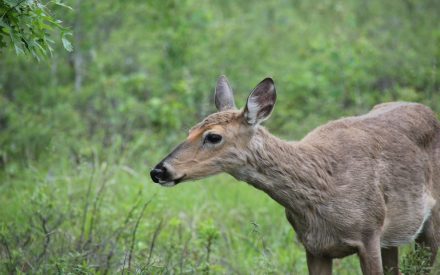 Plants Not Favored by Deer
Plants Not Favored by Deer


